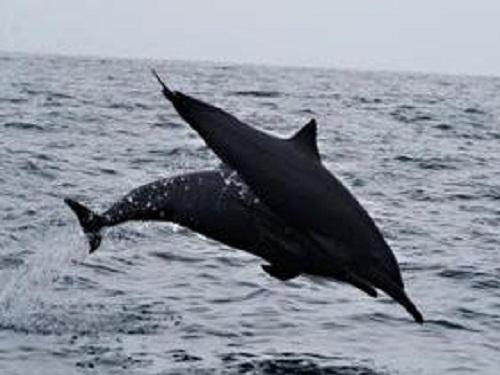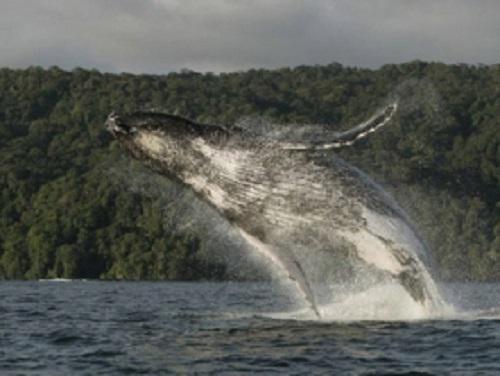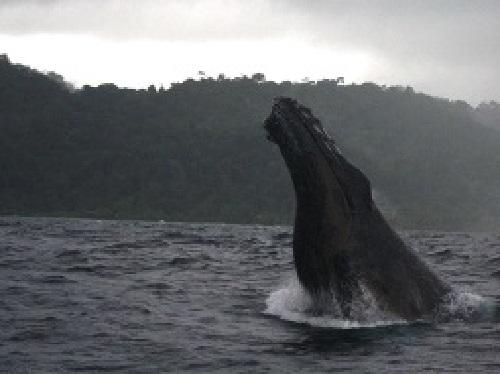Natalia Botero Acosta
Other projects
25 Apr 2013
Humpback Whales off Tribugá's Gulf, Colombian Pacific, During the Breeding Season
23 Jul 2015
Using Satellite Telemetry to Determine the Role of Escorts Joining Mother and Calf Pairs of Humpback Whales in the Colombian Pacific
This project aims to the taxonomic composition, spatial distribution, social structure and conservation threats of marine mammals inhabiting the Tribugá’s gulf.

Stenella longirostris.
Colombian Pacific coast holds a considerable proportion of biodiversity and species endemism. This has promote the development of eco-touristic activities, which unfortunately have not yet had a positive impact on the knowledge of the basic biology and conservation threats of marine mammals inhabiting this area either seasonally or permanently. Tribugá’s gulf is part of the breeding area of Southeast Pacific Humpback whales. Additionally, other species like the bottlenose dolphin, the common dolphin, the orca and the spotted dolphin can be frequent in this portion of Colombian Pacific coast.

Humpback whale.
In order to diagnose the taxonomic composition, spatial distribution, social structure and conservation threats of marine mammals in Tribugá’s gulf, lineal transects covering coastal and oceanic habitats will be done on a small boat, on two different climatic seasons and two transitional months. Information about coordinates, behavior, heading, social context and entanglements (if occur) will be registered on each survey. Photographs will be taken for taxonomic assertion and individual identification in species with natural marks. Conservation threats will be described by walking transects along the coast, searching for osteological remains and stranded animals, and interviews to locals and fishermen. Several diversity indexes will analyze the taxonomic composition according to the temporal and spatial variables.

HumpbackWhale.
To describe the possible effects of the area’s structural and environmental gradients over marine mammals spatial distribution, sightings coordinates will be examined on spatial distribution software. Presumed associations between habitat structure and observed behaviors as well as between habitat structure and the occurrence of strandings and entanglements will be tested with a frequency analysis. The same kind of test will examine those variables on a temporal scale. This investigation will promote the development of long-term research and management practices, therefore supporting the conservation and sustainable use of biological resources in the Tribugá’s gulf.